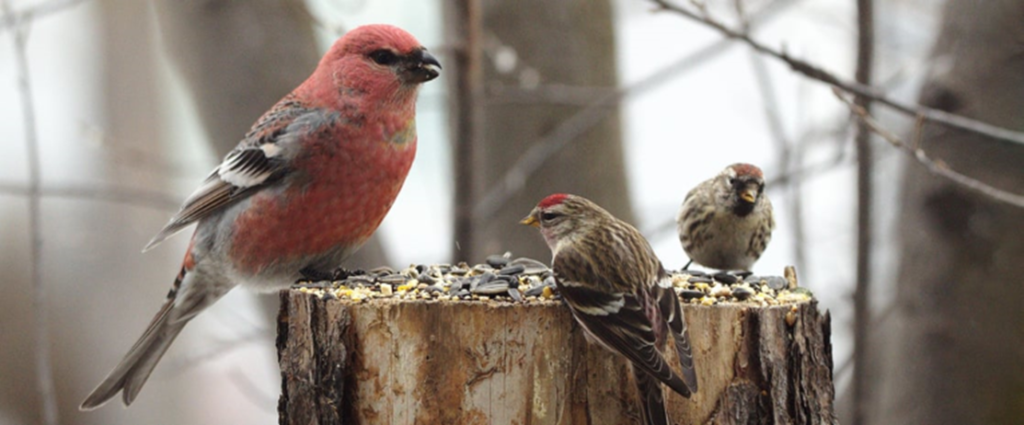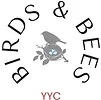Flocks vs. Loners: Who Rules the Feeder?
When the weather turns cold, bird feeders can transform into stages for dramatic conflicts between birds. Feeder birds might squabble over preferred spots or choice foods. Previous research examined these exciting struggles to learn more about how specific bird species might act more or less dominant towards other birds, but how flocks factor in.
Birds at feeders are like members of a not-so-secret fight club, and the rulebook is in the dominance hierarchy for a chance to eat in the safety of a flock, they must constantly appease, avoid, or subsequently get walloped by more dominant birds.
Cornell Lab of Ornithology postdoctoral associate Eliot Miller spearheaded the analysis and now holds the results. Miller found his volunteers through Project FeederWatch, a joint Cornell Lab and Bird Studies Canada project that recruits more than 20,000 backyard bird watchers from coast to coast. Miller asked feeder watchers who were already counting birds to record any “interspecific interactions” (or interactions among species) that could define the hierarchy. For example, if a White-breasted nuthatch flared its wings at a Black-capped chickadee, and the Chickadee flew off from the feeder in response, that classified as a “successful displacement.” Feeder watchers recorded 7,653 such observations between November 2016 and April 2017.
Using a computer program, Miller collapsed that data set into “ability scores” for each species: a single number that describes each species’ ability to compete with others. It ranged from an alpha bird (the Wild turkey at 66.93) to the meekest of the bunch (Eurasian tree sparrow at –24.46). In the same way college basketball teams can be ranked even though they don’t play each other, this metric allowed scientists to generate scores for comparing birds that don’t normally interact. From there, constructing the dominance hierarchy was easy: “We just ranked species based on their scores,” said Miller.
If you want to read more on this subject or wish to view the diagram to see how North America’s top 13 feeder species fared, go to: allaboutbirds.org and click on “when 136 bird species show up at a feeder which one wins? An article by Alison Haigh an Environmental Biology and Applied Ecology major at Cornell University (class of 2019).


